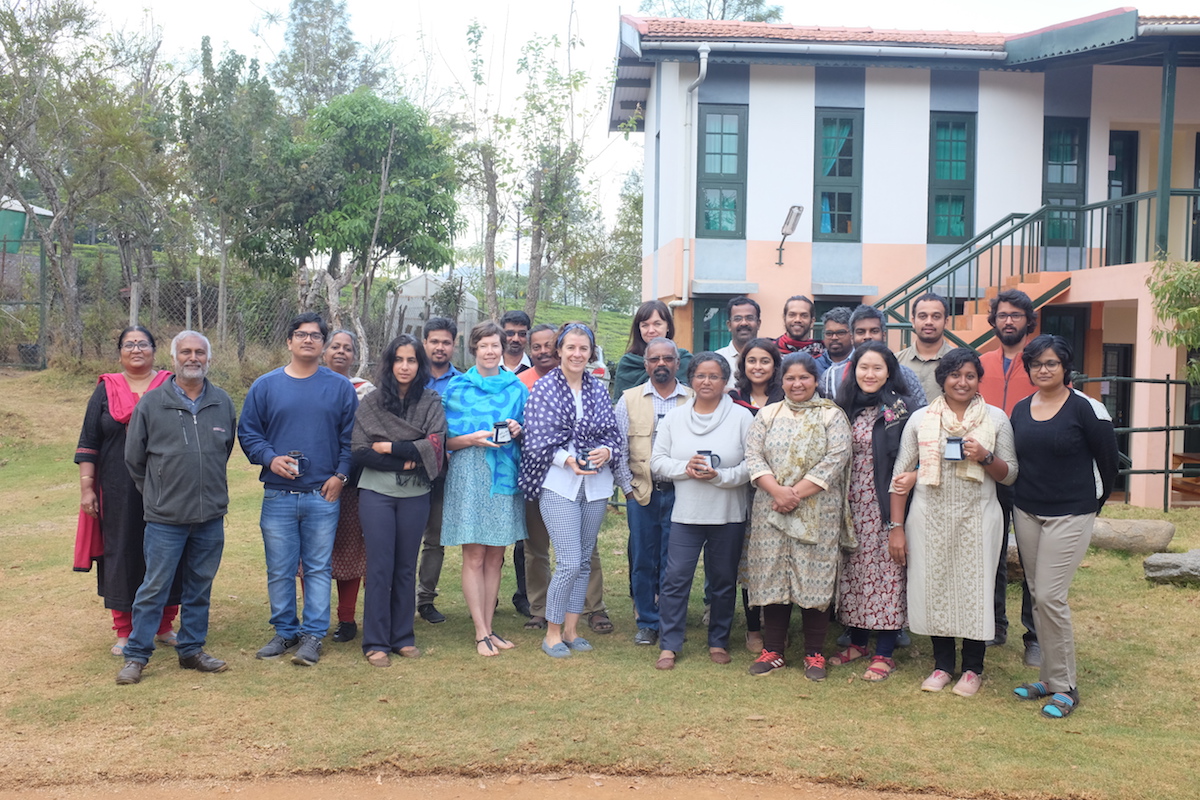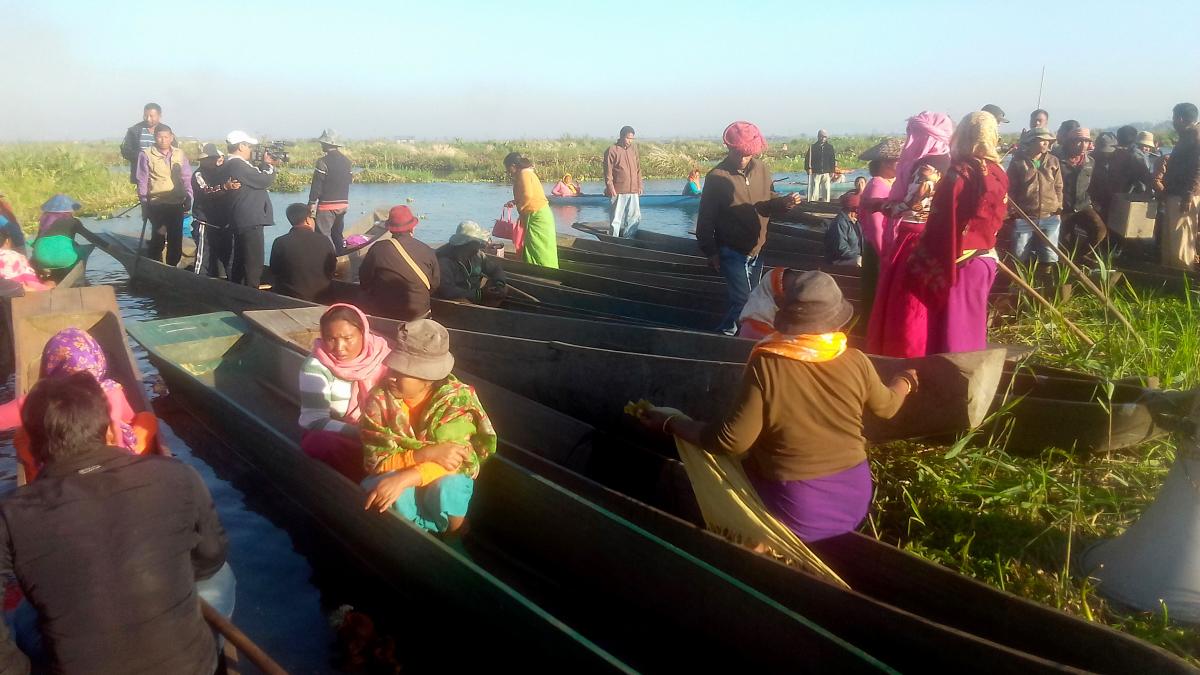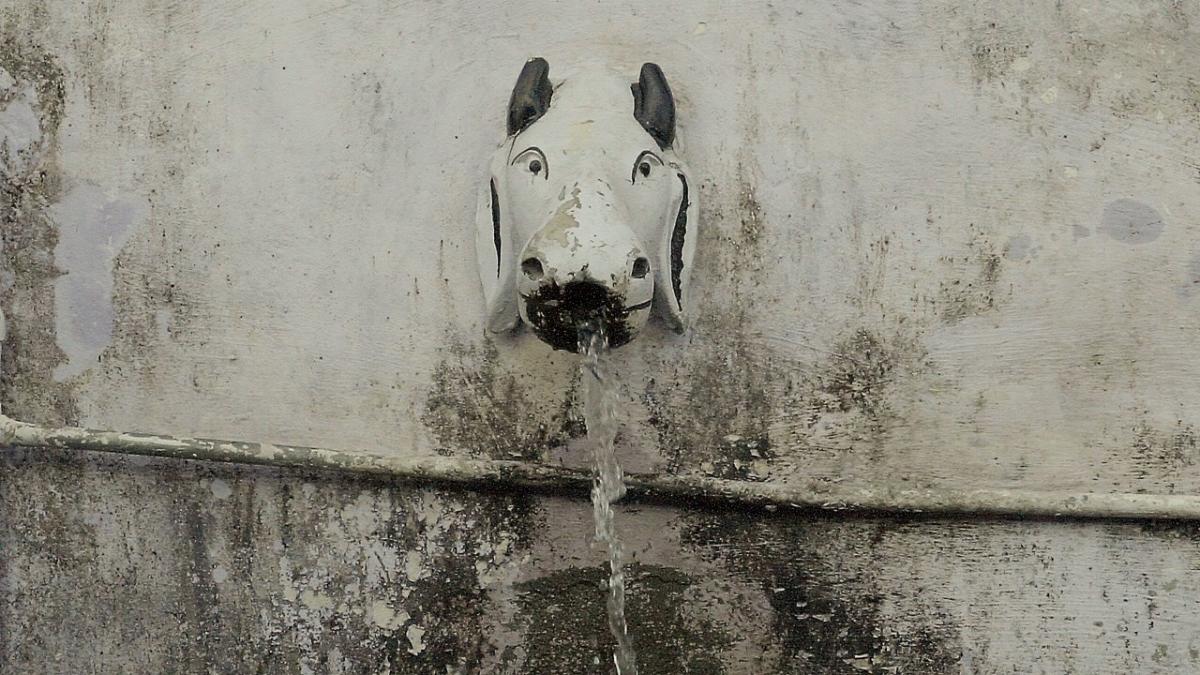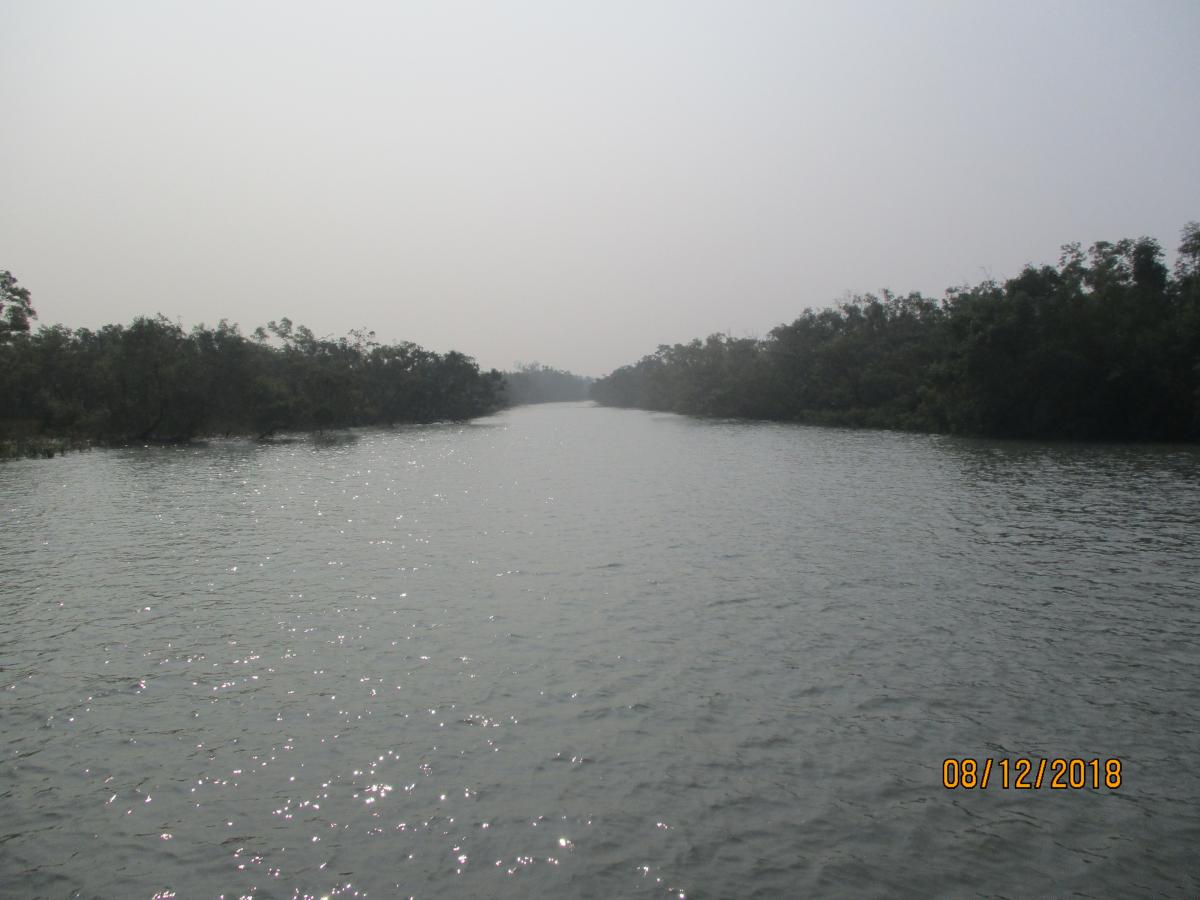Increasing the scope for communities in conservation through sustainable use
CEESP News - Anita Varghese, Keystone Foundation and Dilys Roe, SULi Chair
How does conservation and development fare in the context of India and does sustainable use speak for both? A small group of experts met in India to discuss how to build a platform for sustainable use advocacy in India and to prioritizing key issues and strategies for the same.

Sustainable use workshop participants at Keystone campus, Kotagiri, India.
Photo: Rohan Mukherjee - Keystone Foundation
Globally, biodiverse-rich areas coincide with regions of high poverty. Yet often poor people have limited rights to access or use the biodiversity on their doorstep. This scenario characterizes many terrestrial and coastal ecosystems of the Indian subcontinent. As a case in point India’s forests are home to charismatic megafauna and endemic flora. Remote forest areas are also home to several indigenous groups with unique socio-cultural-linguistic diversity. Conservation and development are seldom in win-win situations here; it is more likely ‘win-compensate’- for one or the other. Even as we write this the conservation-development divide in India is being further widened with the recent ruling of the Supreme Court, allowing for eviction of India’s forest dwellers if their claims for community forest rights have been rejected.
A few weeks ago a workshop took place in the Nilgiri biosphere reserve region in South India, hosted by the Keystone Foundation (www.keystone-foundation.org ) in collaboration with the IUCN Sustainable Use and Livelihoods Specialist Group (SULi) which is a joint initiative the of the Species Survival Commission (SSC) and the Commission on Environmental, Economic and Social Policy (CEESP). This workshop brought together experts who work on issues of human use of natural resources, conservation of biodiversity rich habitats, endangered species, policy, and governance to discuss what is working and what is not in the area of sustainable use of biodiversity in India. The workshop was supported by Conservation International and Global Alliance for Green and Gender Action (GAGGA). Organizations and institutions that were represented at the workshop IIFM, Dakshin Foundation, ATREE, TRAFFIC, WWF, FRLHT/TDU, NCF, and the Keystone Foundation.
While in some parts of the world – notably Southern Africa – discussions about sustainable use tend to focus on terrestrial wildlife and on consumptive vs non-consumptive use, in India, sustainable use largely means harvesting of, and trade in, non-timber forest products including honey and medicinal plants, We discussed how wild resources were being harvested, managed, traded and controlled, taking examples from mountains, forests, and oceans. Highly marginalized communities were usually the harvesters of wild produce, tenure security was uncertain, harvest protocols have been developed but not fully adopted, accountability on the part of the herbal industry was poor and overall there seem to be very little examples that could make a case for sustainable harvest as a conservation goal. In many of the harvester communities, the traditional knowledge linked to the resource is present but questions remain about the transfer of this knowledge and if the younger generation were interested in using it at all.
The group came up with four strategies that needed to be worked at if sustainable use and livelihoods were to become more mainstreamed in the discussions on conservation and development.
1) Governance –documenting existing practices and structures that link sustainable use and livelihoods, preparing policy briefs and organize workshops for decision makers.
2) Communication – being effective, using appropriate language (regional) and identifying champions who can lobby at different levels.
3) NTFP harvest protocols – case studies and long term studies exist and this need to be brought together, gaps filled and used in certification processes.
4) Access and benefit sharing – involve communities, being sensitive to gender issues and fair market pricing to be established. An overarching strategy would be to link science-practice-policy.

Inauguration of Sustainable use in India workshop with a lamp lighting ceremony, Kotagiri, India. Credit: Rohan Mukherjee - Keystone Foundation.
Partly inspired by recognizing how very different sustainable use looks in different parts of the world, we had a discussion about whether it was a myth or a reality in the Indian context. We mapped a wide variety of activities that could be considered as sustainable use – from tourism to fishing to hunting – and compared this with the more limited scope of current practice in India. Regardless of the type of sustainable use, some conditions that were identified as important:
a) empowering communities to manage resources by integrating traditional knowledge with official management practices.
b) getting the young people equipped with skills to manage resources and carry forward their traditional uses
c) monitoring resources in the long term and understanding the ecological links to resource sharing with wildlife
d) consumer awareness and education about sustainable use and ecological links of wild resources
e) science of sustainability needs to be communicated in simple/common language that speaks to many stakeholders.
Finally, sustainable use as a concept must cut across other disciplines to be able to communicate its objectives and to go well beyond market demands and conservation. Sustainable use is a dynamic concept that is calibrating to the changes in the environment - a moving goalpost and therefore it needs a robust governance system that can detect changes and feedback for adaptive management.
The workshop group is ready to start a sustainable use and livelihoods chapter for the Indian subcontinent to pool our knowledge and experience to bring science to policy and advocate for sustainable use and livelihoods as a conservation goal. There has been some work on the ground by NGO’s, governments and private companies to link social, ecological and equitable while working on sustainable livelihoods. As a forum for sustainable use and livelihoods in India, one of our targets can be to address the gaps that exist in the previous work and going forward advocate for more coordination in our efforts. In a country where 8.6% of the population (104 million) is indigenous tribal people dependant on wild resources for livelihoods, where the Ayurveda industry is estimated to be worth 4.4 billion USD and wild resources are extracted from land (more than 20% of land area is under forests) and water (with an 8000km coastline and 4 million marine fishers) – sustainable use has to become the norm rather than the exception.
Anita Varghese is the Deputy Director of the Keystone Foundation and a member of the Sustainable Use and Livelihoods (SULi) steering committee. She is also on the Plant Conservation Committee SSC/IUCN. Anita can be reached at anita@keystone-foundation.org
Dilys Roe is the Chair of the Sustainable Use and Livelihoods (SULi) specialist group. She is also the principal researcher and team leader for biodiversity at the International Institute for Environment and Development (IIED). Dilys can be reached at dilys.roe@iied.org



